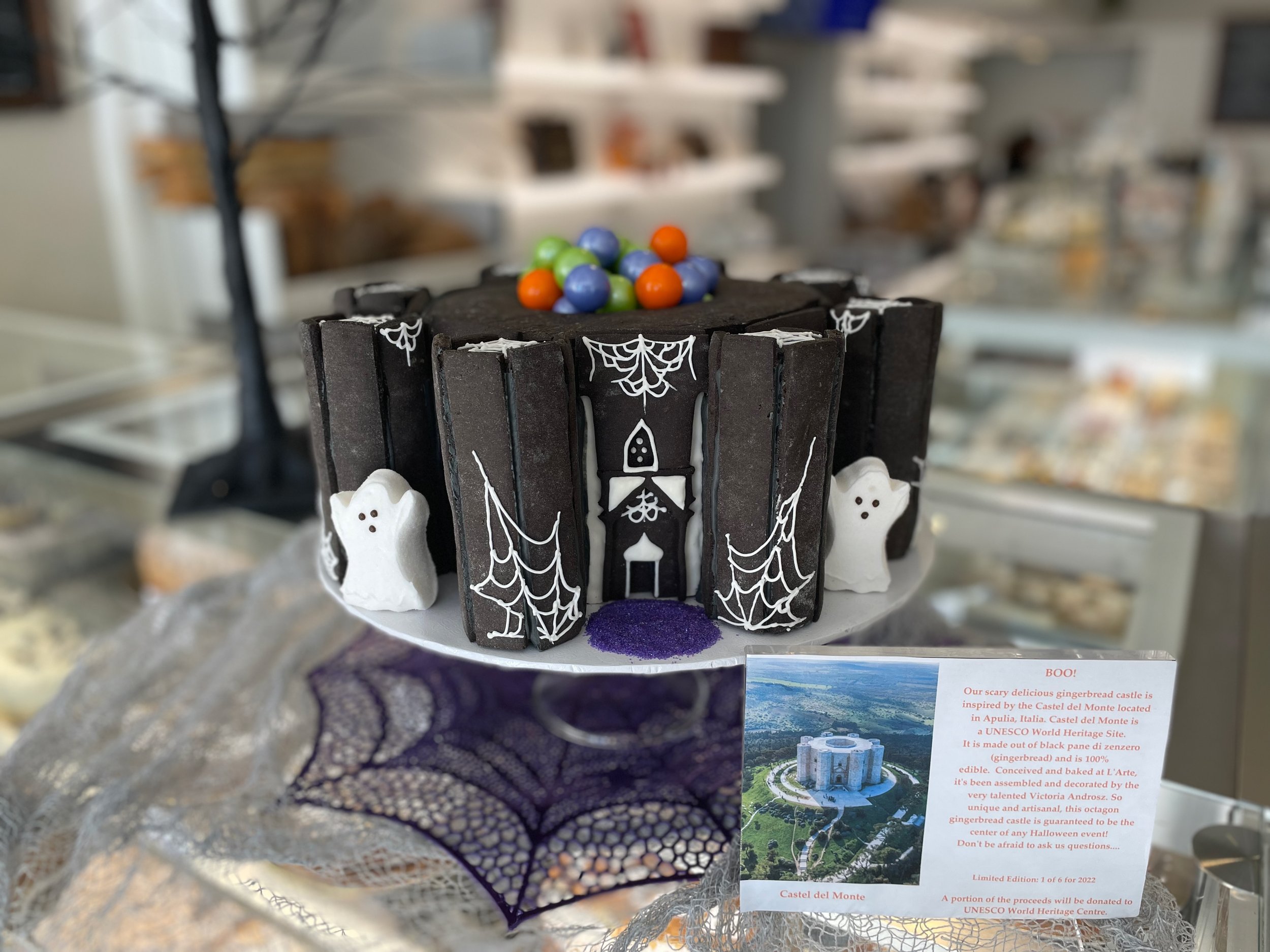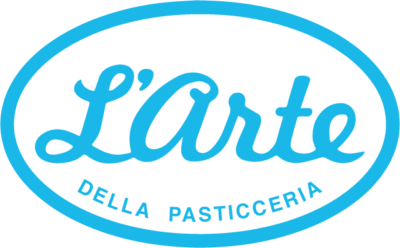Halloween Gingerbread Castle and spiced cookies
For Halloween this year we designed and built, using black gingerbread, a homage to a world-famous Italian castle. A fun project and something we plan on continuing every year. Some of you may be wondering, how is gingerbread Italian? It is true that the gingerbread we so often see and eat in the United States is primarily German in origin. Yet gingerbread, a spiced hard cookie, is common in Italy, albeit in different forms. Known as pane di zenzero, it dates to at least the Roman period and even further back into antiquity in the Mediterranean region. Due to its rare and expensive ingredients, spiced cookies were initially baked and used for ceremonial/religious purposes. The form of spiced cookie we call gingerbread today however, took its current appearance in Europe when 11th-century Crusaders (mostly northern Europeans) brought back ginger from the Middle East. This exotic ingredient was then added to existing spice cookies. Due to their inherent firmness, gingerbreads or spiced cookies, were often baked in elaborately carved molds depicting religious figures and members of the ruling class due to their firmness. That figural tradition, in a more simplified form, continues to this day with the ubiquitous gingerbread man, house, Christmas trees, angels and Santa.
In Italy, the two well know examples of “gingerbread” or spiced cookies are Mostaccioli and Panforte. The Mostaccioli is common in Calabria, Puglia, Basilicata, and Sardinia. It is a shaped, honey and spiced, unleavened hard cookie. Mostaccioli cookies are often elaborately shaped, edible works of art are hard and long-lasting–just like the German gingerbread. One interesting fun fact is that Mostaccioli spice cookies are considered by most food historians to be the oldest cookie recipe still in usage in the world. Panforte on the other hand is a medieval form of gingerbread from Siena. Panforte is a very spicy gingerbread that is characterized by a large quantity of dried fruit and nuts. It comes in two styles, traditional black or white.
Our Halloween gingerbread castle is in line with traditional molding of spiced cookies and its shape inspired by Castel del Monte located in Apulia, Italia. Castel del Monte is a UNESCO World Heritage Site. A unique piece of medieval architecture, it was completed in 1240. The castle’s location, its perfect octagonal shape, as well as the mathematical and astronomical precision of its layout all reflect the broad education and cultural vision of its founder, Emperor Frederick II. Our haunted Castel del Monte is made out of delicious black pane di zenzero and is 100% edible. We think it’s an impressive piece, unique and perfect for any Halloween event. A portion of the proceeds will be donated to UNESCO World Heritage Centre.
Chef Andrea


